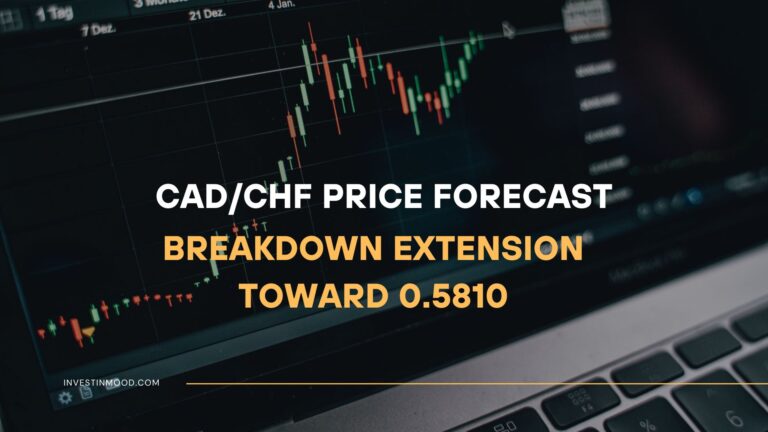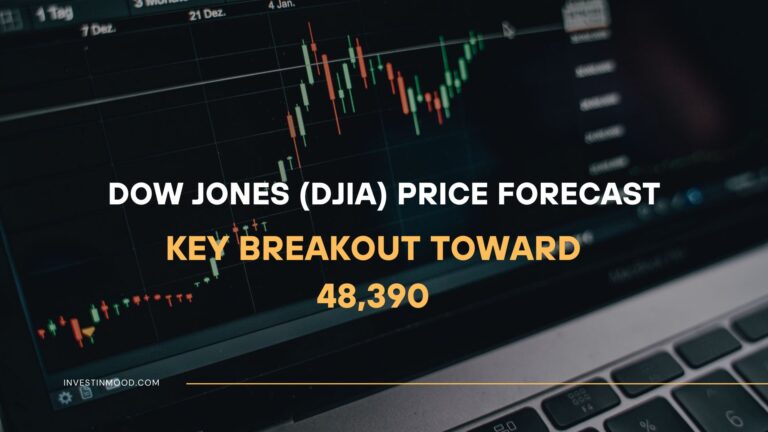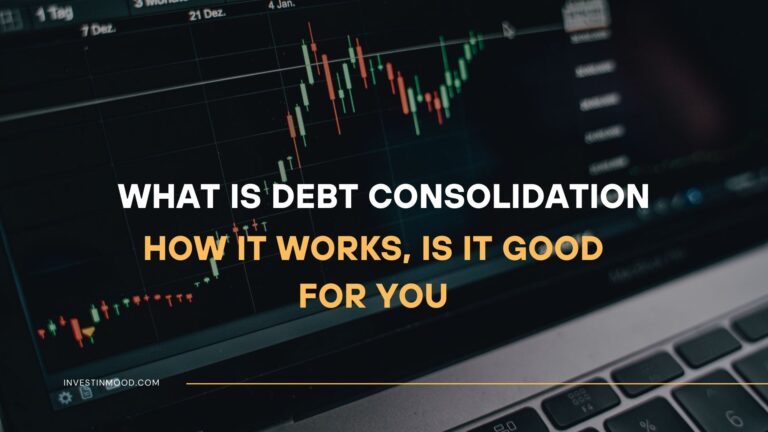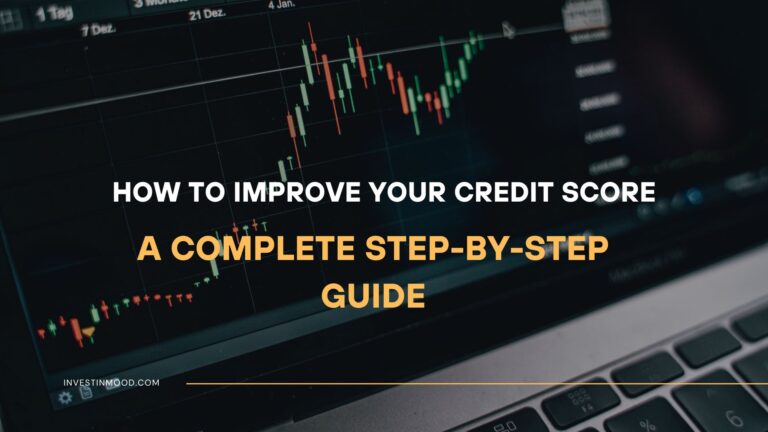The CBOE Volatility Index (VIX), Wall Street’s legendary ‘fear gauge’, serves as the markets’ real-time panic meter and one of the most powerful trading indicators available. Unlike standard technical tools, this unique index calculates expected 30-day volatility by analyzing S&P 500 (SPX) option prices, essentially quantifying trader anxiety before it appears in price action. When markets tumble, the VIX spikes as protective options demand surges; during calm periods, it languishes near historic lows. Professional traders monitor the VIX not just as a warning system, but as a tradable asset class itself with futures, options, and specialized ETFs offering direct exposure to volatility’s predictable rhythms.
Live VIX & S&P 500 Volatility Dashboard
Get Our Free VIX Cheat Sheet
Download our 1-page guide to VIX trading signals with historical accuracy stats.
We respect your privacy. Unsubscribe anytime.Understanding the Fear Gauge
The VIX moves inversely to the S&P 500 80% of the time. In our live chart above, watch for these key patterns:
- Spikes above 30: Panic zones (March 2020 hit 82)
- Steady climbs: Growing uncertainty (20-30 range)
- Dips below 15: Complacency (often precedes corrections)
Pro Tip: Compare the VIX to its 200-day moving average to spot long-term trends.
What Does the VIX Tell Us
The VIX moves inversely to the stock market:
- VIX Spikes (20+) → Fear, market sell-offs
- VIX Drops (<15) → Complacency, bullish markets
VIX Sentiment Analysis Guide
| VIX Range | Market Sentiment | Market Condition | Historical Examples | Trading Implications |
|---|---|---|---|---|
| Below 15 | Greed/Complacency | Strong Bull Market | Jan 2018, Dec 2019, Jan 2020 | Consider taking profits, selling volatility (short VXX), or buying protective puts |
| 15-20 | Neutral | Normal Fluctuations | Most of 2017, Mid-2023 | Standard strategies work, watch for breakout signals |
| 20-30 | Fear/Caution | Market Pullbacks | Feb 2020, Oct 2020, Mar 2022 | Good time for hedging, consider VIX calls or defensive stocks |
| Above 30 | Panic | Market Crash | Mar 2020 (COVID), 2008 Crisis | Extreme fear often presents buying opportunities, but wait for stabilization |
Key Notes:
- VIX is mean-reverting – tends to return to ~20 level
- Spikes above 30 often precede market bottoms
- Sustained periods below 15 often precede corrections
Live Cboe Volatility Index (VIX) Futures Dashboard
While the spot VIX index can’t be traded directly, VIX futures (/VX) on the CBOE Futures Exchange offer pure exposure to expected market volatility. These contracts shown in the live widget below—behave differently than stocks:
Contango Normal: Longer-dated futures (e.g., /VXZ3) typically trade higher than spot VIX
Backwardation Signal: When near-term futures exceed distant ones, panic is escalating
Roll Decay Risk: The reason VIX ETFs like VXX lose value over time
Observe key patterns in the real-time futures curve above:
Flat line = Transition period (caution warranted)
Steep upward slope = Healthy contango (sell rallies in UVXY)
Inverted curve = Immediate fear (buy short-term VIX calls)
How to Trade the VIX
Since the VIX itself isn’t tradable, traders use:
1. VIX Futures (/VX)
- Traded on the CBOE Futures Exchange
- Used by institutions to hedge against market crashes
- Contango effect: Longer-dated futures are usually more expensive
2. VIX ETFs & ETNs
VIX ETFs & ETNs: Key Products
| Ticker | Product | Best For | Risk Level |
|---|---|---|---|
| VXX | iPath VIX Short-Term Futures ETN | Short-term volatility plays | High decay |
| UVXY | 2x Leveraged VIX ETF | Aggressive short-term bets | Extreme volatility |
| SVXY | Inverse VIX ETF | Betting against volatility | Dangerous in spikes |
⚠️ Warning: Most VIX ETFs suffer from decay due to contango – avoid long-term holds!
3. VIX Options
- Buy Calls → Bet on volatility spikes (market drops)
- Buy Puts → Bet on falling volatility (market rallies)
- Straddles → Profit from big moves in either direction
FAQs
Our dashboard pulls real-time data from CBOE with 15-minute delays (standard for free feeds). Pro traders can access our premium real-time stream updated every 60 seconds.
VIX futures reflect expectations of future volatility, while the spot VIX measures current options pricing. The difference (contango/backwardation) reveals market expectations.
While not perfect, VIX extremes reliably signal market turning points 72% of the time when combined with other indicators (per CBOE research). Spikes above 30 often precede bounces.
How did this page make you feel?
Thanks for your reaction!



